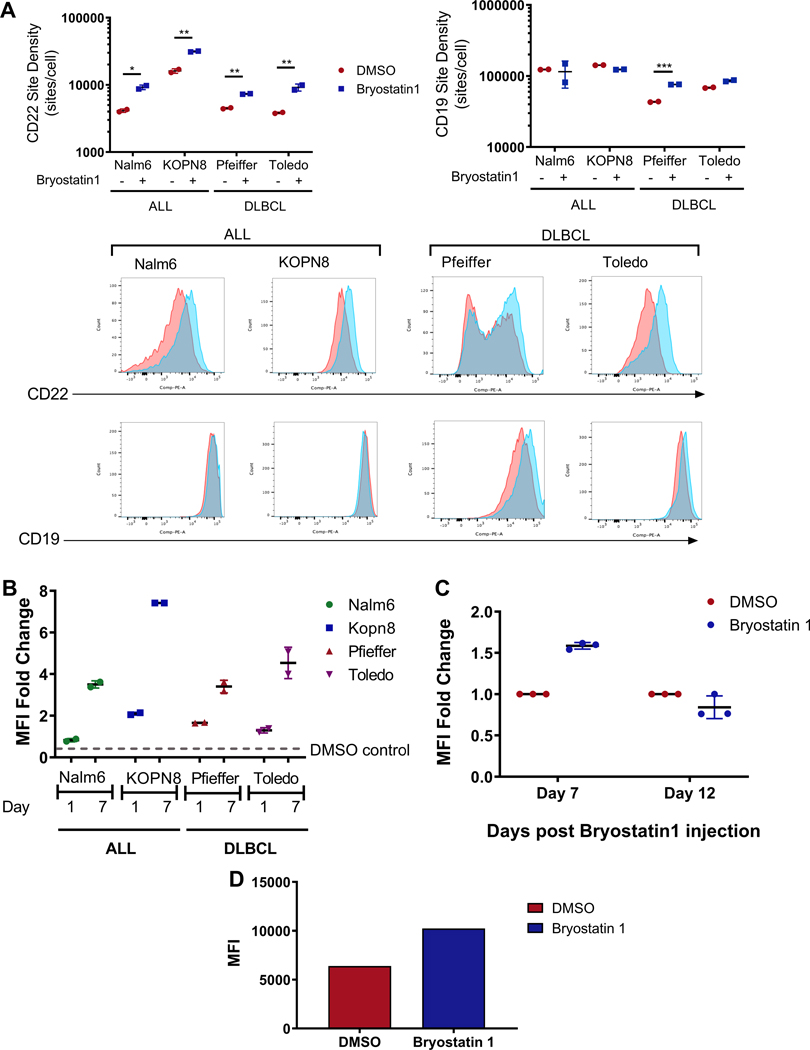Figure 4: Bryostatin1 upregulates CD22, but not CD19, and CD22 increased expression is durable for 1 week after drug exposure.
(A) Four cell lines were co-incubated with 1nM Bryostatin1 for 24 hours and analyzed using flow cytometry one day after Bryostatin1 exposure. Site density was analyzed through use of standardized Quantibrite-PE beads. Statistics were calculated using unpaired t-test (*** <0.0002, ** p<0.0021, * p<0.0332). (B) Cell lines were co-incubated with 1nM Bryostatin1 for 24 hours, washed, and analyzed using flow cytometry at 1 and 7 days after Bryostatin1 exposure. MFI fold change = CD22 MFIBryostatin1/CD22 MFIDMSO. (C) NSG mice were injected with 1×106 GPF-positive Nalm6 leukemia cells on Day 0. Bryostatin1 was administered at 0.8ug/kg on Day 3. Mice were sacrificed 7 and 12 days after Bryostatin1 injection and CD22 was evaluated through flow cytometry. MFI fold change = CD22 MFIBryostatin1/CD22 MFIDMSO. (D) CD22-low relapse patient-derived xenograft cell line was cultured in vitro with 1nM Bryostatin1 for 24 hours and measured for CD22 expression using CD22 antibody.

